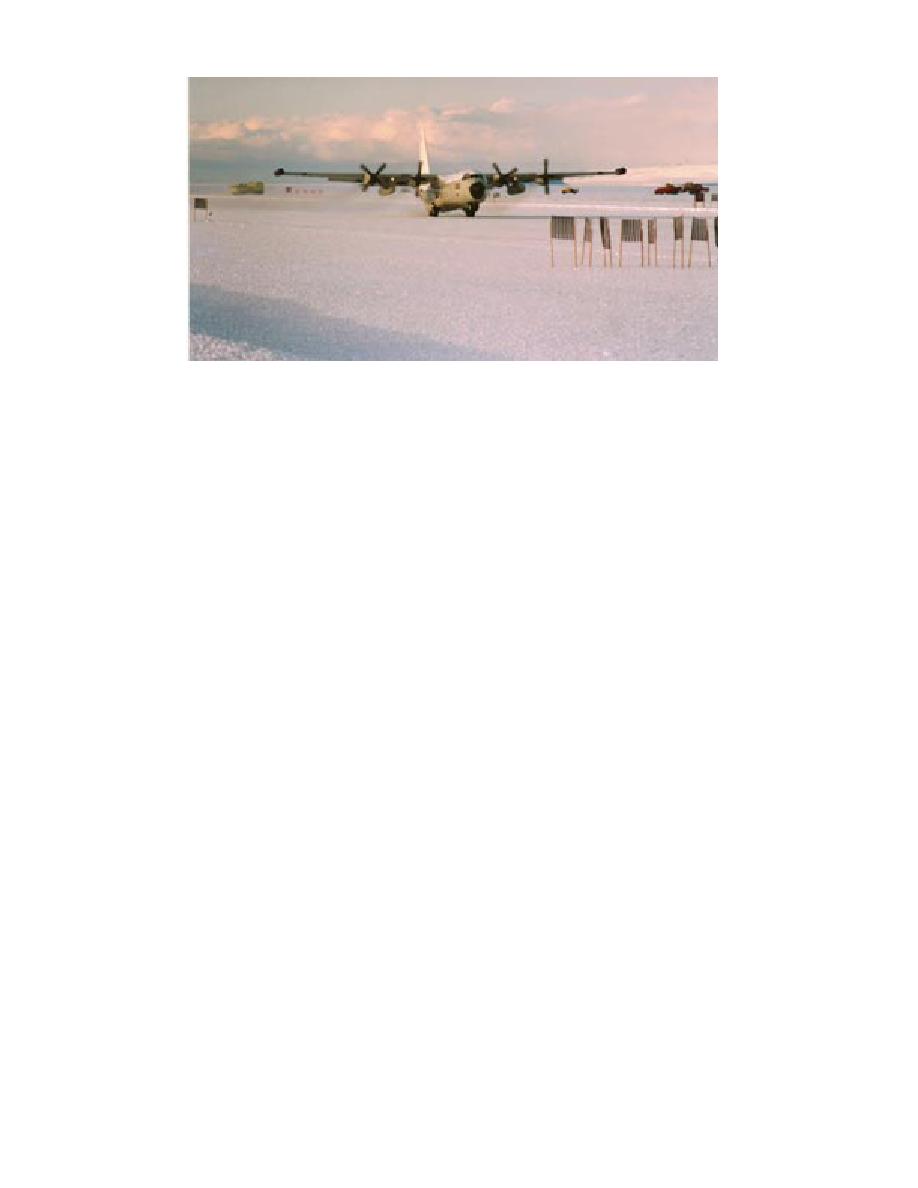
Figure 75. Conventional C-130 performing routine landing on the glacial ice runway.
at a typical blue-ice site would be difficult and the
to develop. Not only will this drastically reduce
snow could not be kept in place anyway, since
friction, it will facilitate subsurface deterioration
blue-ice sites are usually quite windy and dry.
due to trapped heat from loss of permeability and
Another possibility is to grade or grind the ice
significantly reduce surface definition.
surface, but this may not make the ice any
Periodically resurveying the centerline of the
smoother on a small scale.
runway and performing a long-wavelength bump
The greater the surface definition, the better
analysis is recommended. At most sites, natural
will be pilot's ability to gauge the horizon of the
changes in the topography of the glacier will hap-
runway. We found that the surface left in the ice
pen slowly over the span of many years, but gla-
by the chisel-tooth grader blade was very well
cial forces may be high in some locations, and
defined. On clear days, pilots reported picking
long-wavelength, low-amplitude swales may ap-
out the Pegasus runway from over 100 km away.
pear on the runway within a few years of its
Most of the time, however, we kept a thin cover
construction. Since regrading of the segments of
of snow on the runway and this reduced defini-
the runway where high spots occur will be re-
tion considerably. Frequent dragging and plan-
quired if this occurs, we recommend that this
ing of the surface kept the snow roughened and
type of major maintenance be performed during
fresh. This did provide a significant contrast to
a period of the year when there are no flight
the surrounding snow surfaces and, in all but the
operations. If this is not possible, performing grad-
worst lighting conditions, was adequate for com-
ing and cleanup of discrete areas within the non-
fortable landings (Fig. 75). The roughened snow
operating windows is manageable during the day
surface at Pegasus was reported to be much more
or week if the flight schedule is not too heavy. If
defined than the skiway at Williams Field.
more than 0.3 m of ice is removed in any area, we
Maintenance of a modest coefficient of friction
recommend that area be proof rolled since un-
on the runway surface is important for aircraft
tested ice will be brought within the surface zone
braking, steering and lateral stability. In general,
where aircraft tire stresses will challenge its
a coefficient of at least 0.25 will be present on any
strength.
glacial ice runway surface when the temperature
is less than 10C. Concern for low levels of fric-
tion should arise at temperatures warmer than
SURFACE CLEANLINESS
5C. Snow is capable of providing a higher coef-
ficient of friction than ice at warm temperatures.
The importance of keeping the runway surface
Keeping the snow surface roughened by drag-
and adjacent areas clean can not be overstated.
ging and planing will provide the maximum pos-
Nearly any matter other than snow that lies on
sible friction level. In all cases, one should not
the surface will promote deterioration. Common
allow a surface sheen (thin, impermeable ice layer)
contaminants include fuel and lubricants, ice
70



 Previous Page
Previous Page
